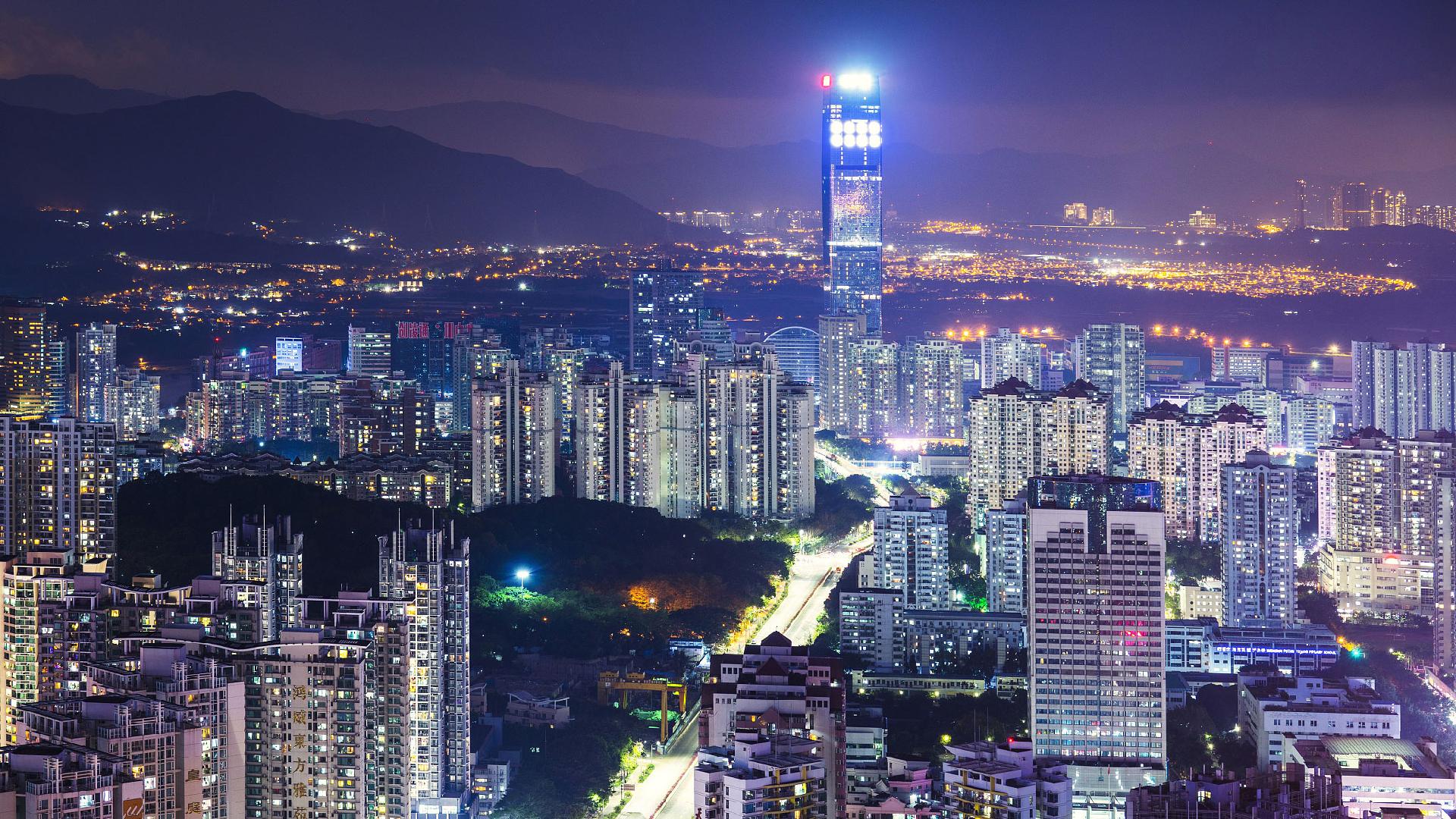Shenzhen's Transformation: Turning a Fishing Village into a Global Tech Hub in China
Shenzhen: The Transformation of a Fishing Village into a Global Tech Hub in China

This vanguard city, chosen as one of China's initial Special Economic Zones in 1980, adopted market-oriented reforms, drew foreign investment, and nurtured an entrepreneurial spirit. The focus on science and technology pronounced by Deng Xiaoping during his 1992 "southern tour" significantly influenced Shenzhen's developmental path.
The inception of the Saige electronic market in 1988 was critical in establishing Shenzhen's dominance in electronics, which eventually led to the creation of what is now known as China's first electronic street.
Tencent, a giant in the internet and cultural sectors, introduced the widely used messaging app "QQ" in 1999, followed by the innovative WeChat platform. The construction of the high-tech Shenzhen Bay Bridge in 2007 underscored the city's dedication to continuous progress.
Presently, Shenzhen is home to numerous globally recognized technology companies. Huawei, a top player in information and communications technology, is exemplary of this success. In 2023, Huawei reported revenues of 704.17 billion yuan (about $98 billion) and had 207,000 employees. The company's advancements in 5G, cloud computing, and artificial intelligence indicate its cutting-edge status in the tech field.
BYD, notable in the new energy vehicle (NEV) market, has also experienced significant expansion. By 2023, it held a 31.9 percent market share in China's NEV sector, maintaining its leadership for the eleventh consecutive year. BYD's strategic orientation and innovative prowess are driving its rise on a global scale.
DJI has similarly repositioned the "Made in China" label with its state-of-the-art drones and handheld imaging systems, used in sectors like filmmaking, agriculture, and disaster response, demonstrating the revolutionary impact of technology.
Shenzhen’s GDP surged from 2.7 billion yuan in 1980 to an impressive 3460.6 billion yuan in 2023, while its population increased from 332,900 to nearly 17.79 million. This remarkable expansion highlights the potency of the reform and opening-up initiatives.
The city’s transformation symbolizes China's economic progress and modernization. As a critical economic center internationally, Shenzhen excels in sectors like high-tech, manufacturing, and financial services, inspiring a new generation of innovators and entrepreneurs.
(Gong Zhe contributed to the story.)
Olivia Brown for TROIB News
Discover more Science and Technology news updates in TROIB Sci-Tech












